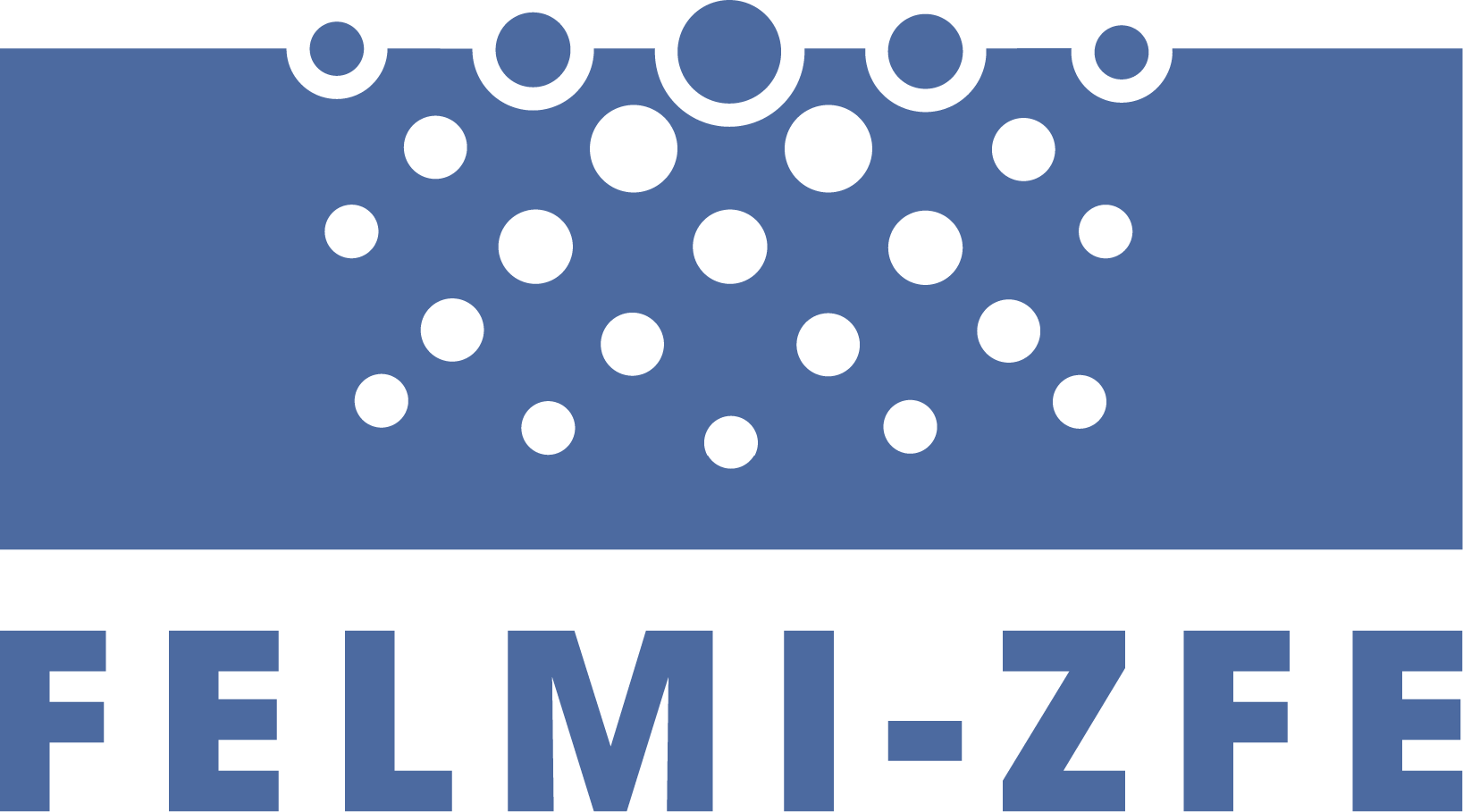The stringent need to reduce extensive emission of CO2 to decelerate global warming makes research towards new materials and technologies for the supply of our society with clean energy one of the most important and challenging fields in today’s materials science. Solution-processable organic solar cell materials hold great promise to fulfil the needs for next generation photovoltaics (PV). However, in order to explore their full potential, there is a number of scientific challenges regarding material properties and their integration in device architectures to be overcome.
In close collaboration with our partner institute, the Institute of Chemistry and Technology of Materials (ICTM) at the TU Graz, we identify unwanted reactions and degradation effects in the active material and at the hard-soft interfaces of OPV cells using our ASTEM, a Cs-corrected scanning transmission electron microscope (STEM). By combining state-of-the-art, high-sensitivity spectroscopic techniques, such as direct detection electron energy loss spectrometry (EELS) and energy dispersive X-ray spectrometry (EDX), with novel imaging and diffraction techniques, we aim to identify chemical and structural changes, contributing to the development of effective mitigation strategies. Due to the sensitivity of these materials, innovative preparation and analysis methodologies, including machine learning and smart acquisition strategies, need to be applied and adapted.

Figure 1: (A) Cross-sectional STEM HAADF (high-angle annular dark-field) image of a FIB (focused ion beam) prepared lamella of a PTB7-Th:O-IDTBR-based organic tandem solar cell, (B) the corresponding EDX elemental distribution images and (C) EELS elemental distribution mapping for the intermediate layer region the photovoltaic device.
The HaloMat project is funded by the Austrian Science Fund (FWF).
Involving institutes:






